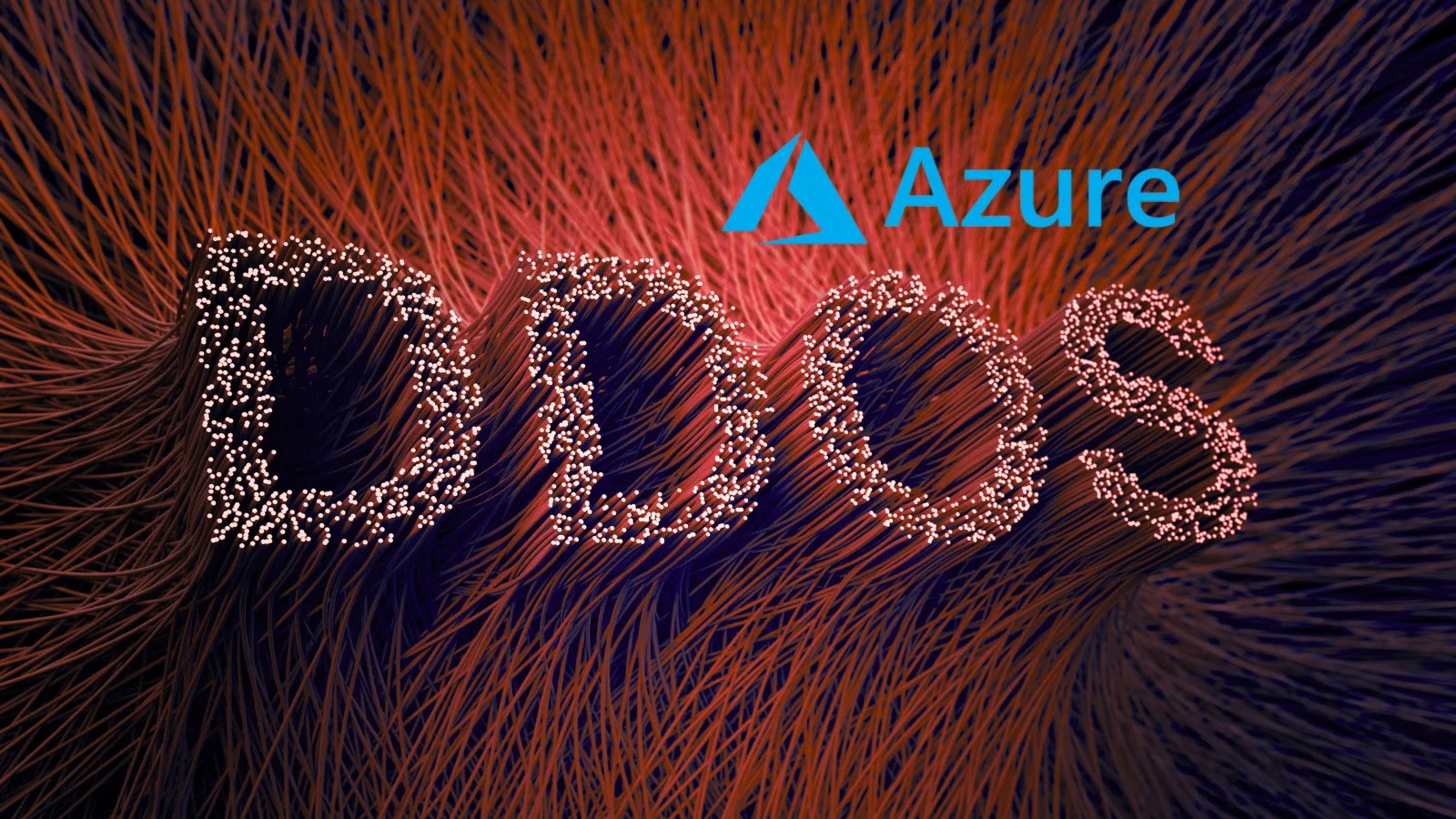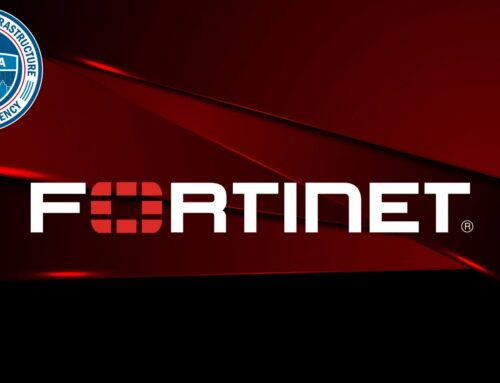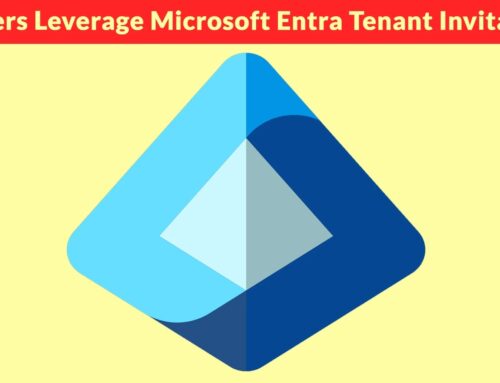
Record-Breaking 15 Tbps DDoS Attack From 500,000+ Devices Hits Azure Network
The digital landscape is a battleground, and a recent incident on Microsoft Azure serves as a stark reminder of the escalating threats. On October 24th, Azure successfully fended off what may be the largest Distributed Denial-of-Service (DDoS) attack ever recorded in the cloud, peaking at an astonishing 15.72 terabits per second (Tbps) and unleashing nearly 3.64 billion packets per second (pps). This unprecedented assault, targeting a single endpoint in Australia, highlights the sophisticated nature of modern cyber threats and the critical importance of robust defense mechanisms.
Understanding the Record-Breaking DDoS Attack
This colossal DDoS attack wasn’t just about sheer volume; it demonstrated a sophisticated orchestration involving over half a million compromised devices. Imagine more than 500,000 devices, likely part of a botnet, simultaneously flooding a single target with malicious traffic. The goal, as with most DDoS attacks, was to overwhelm the target’s infrastructure, rendering services inaccessible to legitimate users.
Such an attack can have devastating consequences for businesses, ranging from significant financial losses due to downtime and lost sales, to reputational damage and erosion of customer trust. The scale of this particular incident underscores a worrying trend: attackers are continually refining their tactics and leveraging increasingly powerful botnets to launch larger and more disruptive assaults.
Azure’s Automated Defense: A Case Study in Resilience
The successful mitigation of this record-breaking attack speaks volumes about Microsoft Azure’s automated DDoS protection service. Azure’s infrastructure is designed with multiple layers of defense, including real-time traffic analysis and anomaly detection. When the attack commenced, Azure’s systems automatically detected the surge in malicious traffic. This allowed for immediate filtering and scrubbing of the malicious packets, preventing them from reaching the targeted endpoint.
This incident is a testament to the effectiveness of cloud-native security solutions. Unlike traditional on-premise defenses that might struggle to scale against such immense traffic volumes, cloud providers like Azure can leverage their vast global infrastructure to absorb and mitigate attacks of this magnitude. The ability to automatically scale protection in real-time is a significant advantage in the fight against large-scale DDoS campaigns.
Implications for Cybersecurity and Future Threats
The 15.72 Tbps DDoS attack serves as a critical wake-up call for organizations of all sizes. The sheer scale of this incident suggests that attackers are gaining access to increasingly powerful resources, potentially through compromised IoT devices, vulnerable servers, or other networked infrastructure. This necessitates a proactive and adaptive approach to cybersecurity.
- Evolving Threat Landscape: The incident clearly indicates an escalation in DDoS attack capabilities, demanding continuous improvement in defensive strategies. Organizations must assume that they could be targets of similar, if not larger, attacks.
- Importance of Cloud Security: For many businesses, leveraging cloud services with built-in DDoS protection is no longer a luxury but a necessity. Cloud providers invest heavily in sophisticated security measures that often surpass what individual organizations can achieve on their own.
- Botnet Proliferation: The attack highlights the continued menace of large-scale botnets. Addressing the root causes of botnet creation, such as insecure IoT devices and unpatched systems, remains a critical challenge for the entire cybersecurity community.
Remediation Actions and Best Practices for DDoS Protection
While Azure successfully mitigated this attack, organizations still need to take proactive steps to protect themselves. Relying solely on cloud provider protection, while effective, should be part of a broader strategy.
- Implement a Multi-Layered Security Approach: Adopt a defense-in-depth strategy that includes network firewalls, intrusion detection/prevention systems (IDS/IPS), and Web Application Firewalls (WAFs).
- Utilize DDoS Mitigation Services: Beyond basic cloud protection, consider specialized DDoS mitigation services that offer advanced scrubbing capabilities and specialized analytics.
- Regularly Update and Patch Systems: Keep all software, operating systems, and network devices updated with the latest security patches to prevent them from being compromised and potentially recruited into botnets.
- Harden Network Infrastructure: Implement strong access controls, disable unnecessary services, and segment networks to limit the blast radius of an attack.
- Develop an Incident Response Plan: Have a clear and tested plan for responding to a DDoS attack, including communication protocols, recovery procedures, and post-incident analysis.
- Monitor Traffic Patterns: Continuously monitor network traffic for unusual activity and sudden spikes that could indicate a DDoS attack in progress. Automation in monitoring can significantly reduce response times.
- Content Delivery Networks (CDNs): Employ CDNs to distribute traffic and cache content closer to users, thereby reducing the load on your origin servers and providing an additional layer of DDoS protection.
Additional Tools for DDoS Detection and Mitigation
While preventative measures are crucial, having the right tools for detection and mitigation can make a significant difference during an active attack.
| Tool Name | Purpose | Link |
|---|---|---|
| Cloudflare DDoS Protection | Comprehensive DDoS mitigation for websites and networks. | https://www.cloudflare.com/ddos/ |
| Akamai Prolexic | Dedicated DDoS protection against large-scale, complex attacks. | https://www.akamai.com/products/prolexic-ddos-protection |
| AWS Shield | DDoS protection for applications running on Amazon Web Services. | https://aws.amazon.com/shield/ |
| Netscout Arbor DDoS Solutions | On-premise and cloud-based DDoS protection for enterprise networks. | https://www.netscout.com/solutions/ddos-defense |
| Imperva DDoS Protection | Enterprise-grade DDoS protection for websites, applications, and networks. | https://www.imperva.com/products/ddos-protection/ |
Conclusion
The record-breaking 15 Tbps DDoS attack on Microsoft Azure is a powerful indicator of the current threat landscape. It underscores the critical need for advanced, automated security solutions and a proactive approach to cybersecurity. Organizations must review their defense strategies, leverage best practices, and consider robust cloud-native or specialized DDoS mitigation services to protect their digital assets from increasingly sophisticated and powerful cyber assaults.





